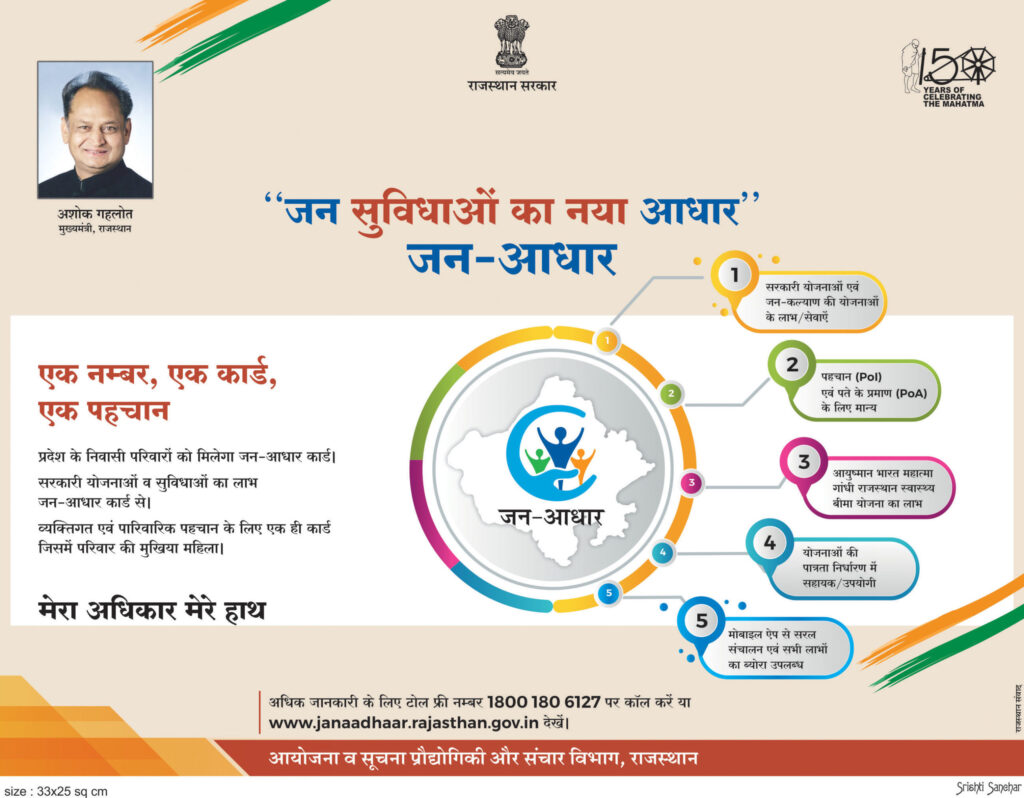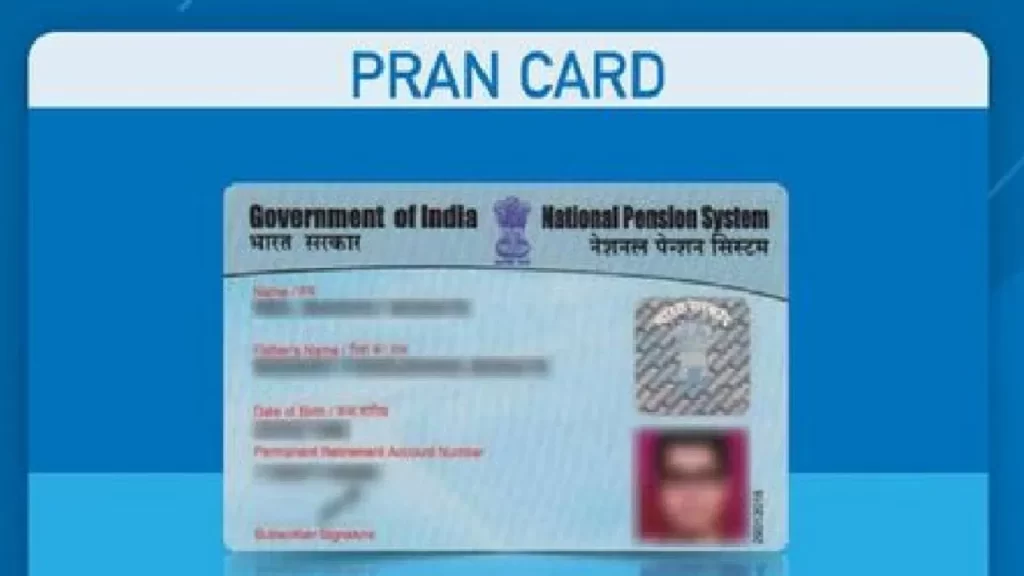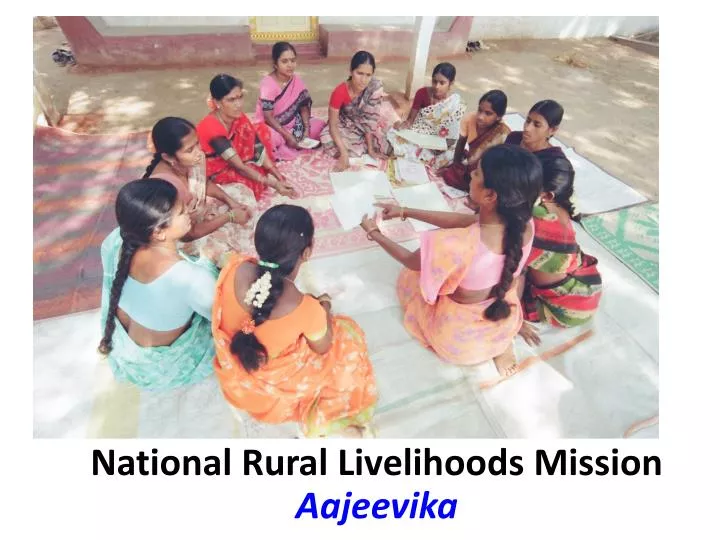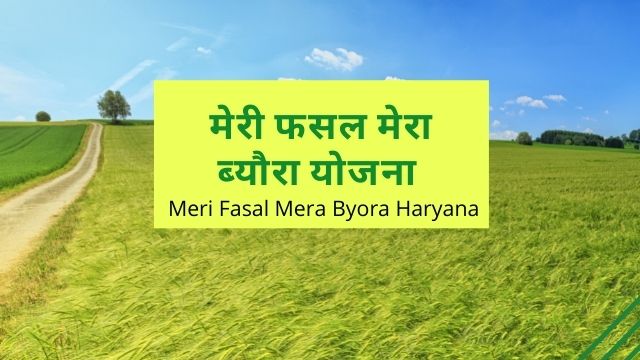jan aadhar
Jan Aadhaar Card is an official document in Rajasthan, which will result in the creation of a database containing data on every resident of Rajasthan. On December 18, 2019, the Rajasthan government announced the introduction of the Jan Aadhaar Card. This Jan Aadhaar card will succeed the previous government’s Bhamashah card. All advantages formerly available via the Bhamashah card will be available through the Rajasthan Jan Aadhaar card. It may also be used to identify and address verification for family members and associates. This Jan Aadhaar card will be identified by a ten-digit number and may also be used to get benefits under government initiatives. Jan Aadhaar scheme objective The primary goal of the Rajasthan Jan Aadhaar scheme is to offer the residents of Rajasthan access to 56 government initiatives and other services through this new card. All biometric data will be freely accessible via this card. The Rajasthan administration is contemplating using this card in place of the newly developed ration card; this would save money since the expense of creating a ration card would be eliminated, and this card would perform all functions. Jan Aadhaar programmes To apply for several benefit initiatives sponsored by the Rajasthan Government, a Jan Aadhaar number is mandatory. Numerous citizens lack this Jan Aadhar identification number. In this case, and until the recipient’s Jan Aadhaar card number is provided, the usage of enrollment receipts indicating that the government has recognised the beneficiary is necessary for the proper execution of these initiatives. Rajasthan residents may now register for several initiatives using their enrolment receipt number even if they do not have a Jan Aadhaar card. Officials will verify all applicants within the specified time frame; if the officer does not verify all applicants within the specified time frame and any discrepancy is discovered in the applicant’s documentation, the verification officer will bear responsibility. According to the plan put up by the Rajasthan government, each family in the state would be assigned a unique identification number, a Jan Aadhar card, and a card number by compiling a repository of all relevant information. The residents of Rajasthan would reap the benefits of this large customer base via government initiatives, e-commerce, and insurance services, among other means. The Jan Aadhaar card, which has the family identification number of ten digits, is given to each family once they have been enrolled. Jan Aadhaar related schemes Kisan credit card Allowance for unemployment EPDS Ganganagar Sugar Mill, Rajasthan Assistance plan in the event of the beneficiary’s natural or accidental injury and death Shrijan Employment Scheme Widow Scheme of Chief Minister Sambal Chief Minister’s Scholarship Program for Higher Education Scooty Distribution Scheme for Female Students at Devnarayan Girl Student Scholar Incentive Scheme of Devnarayan Jan Aadhaar administered services Registration of deaths and births Registration of students on the Shala Darpan Portal Application for a Bonafide Certificate E-miter E-mitra Plus eVault Complete Examination Solution System of information for disaster management Jan Aadhaar card benefits This programme will provide openness between the administration and the state’s residents. Corruption in the state will be decreased due to the implementation of this strategy. The Jan Aadhaar card program 2022 makes it simple to identify the appropriate recipient. This plan is open to residents of the state who are at least 18 years old. Jan Aadhaar card features The applicant must be a resident of Rajasthan permanently. Rajasthan’s government would have to pay around Rs 17-18 crore to issue this latest Jan Aadhaar card. According to the state administration, this new card would enable the addition of more initiatives than ever before. While the Bhamashah card included a chip, this Janadhar card has a QR code. After scanning this QR code, the cardholder’s résumé will be shown on the computer monitor. Online registration To begin the application process, the candidate must first visit the official Janadhar card website. Visit the official website and you will be presented with the main page. Click on the Jan Aadhaar Enrollment link on the main page to begin the process. This selection will open the next page in front of you, where you will find the Citizen Registration option. Click on this option to begin the process. The registration form will appear in your browser window after choosing this option. You must complete this Jan Aadhar card form with all the information requested, including your name and Aadhaar number. Once you’ve completed the Jan Aadhar card form and entered all of your pertinent details, click the “submit” button. Next, tap on Citizen Enrollment to access the enrollment form. Once you’ve finished this, the following page will appear on your screen. On this page, you must input your registration number. FAQs What is Jan Aadhar? Jan Aadhar is a unique identification system implemented by the Government of Rajasthan, India, designed to provide a single identification number to each family in the state. This initiative aims to streamline the delivery of government services and benefits by linking various welfare schemes to one identification number. How does Jan Aadhar differ from Aadhaar? While both Jan Aadhar and Aadhaar are unique identification systems, Jan Aadhar is specifically designed for the residents of Rajasthan and focuses on families as units of identification. Aadhaar is a national initiative that provides individual identification numbers. Practice area’s of B K Goyal & Co LLP Income Tax Return Filing | Income Tax Appeal | Income Tax Notice | GST Registration | GST Return Filing | FSSAI Registration | Company Registration | Company Audit | Company Annual Compliance | Income Tax Audit | Nidhi Company Registration| LLP Registration | Accounting in India | NGO Registration | NGO Audit | ESG | BRSR | Private Security Agency | Udyam Registration | Trademark Registration | Copyright Registration | Patent Registration | Import Export Code | Forensic Accounting and Fraud Detection | Section 8 Company | Foreign Company | 80G and 12A Certificate | FCRA Registration |DGGI Cases | Scrutiny Cases | Income Escapement Cases | Search & Seizure | CIT Appeal | ITAT Appeal




